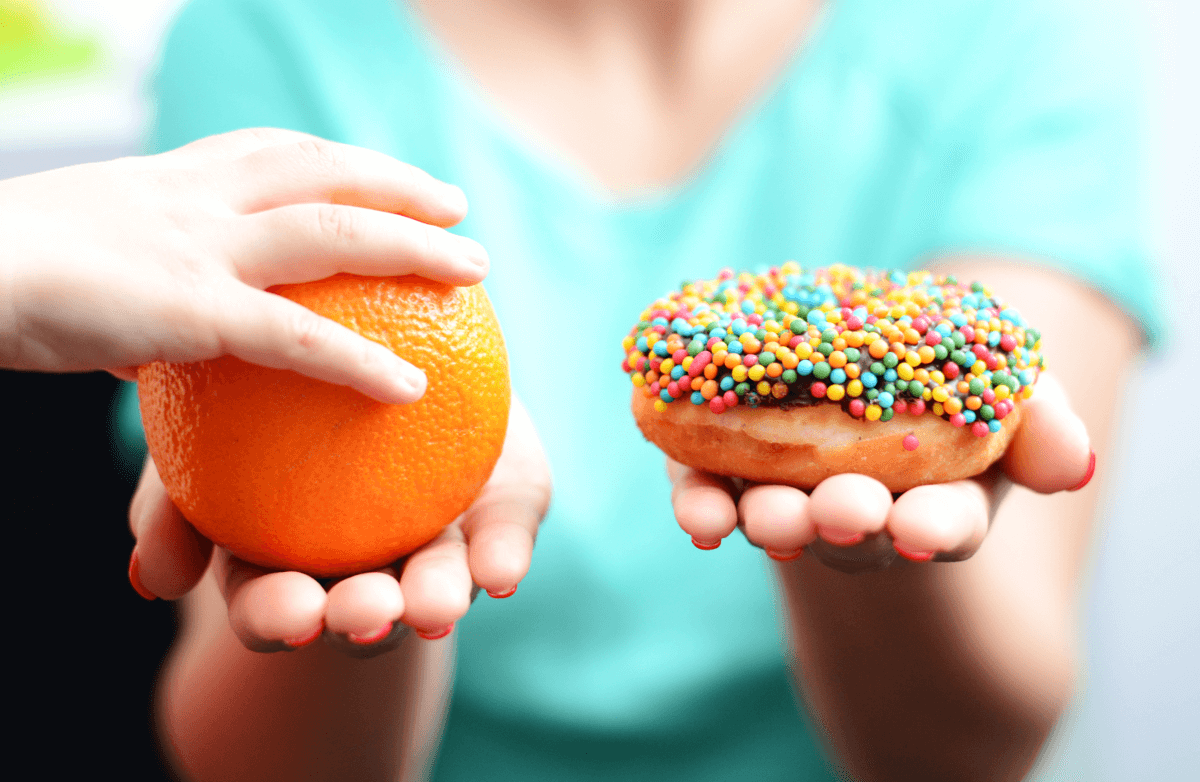|
You probably already know that your taste buds have something to do with your food preferences, but you’ll likely be surprised to learn how deeply those preferences are rooted in your body's survival instincts. We spoke to the experts to learn more about taste buds, and uncovered loads of surprising information, from how pregnancy can affect taste to why some people have more sensitive palates. Read on to learn seven surprising facts about taste buds. 1. You can’t see your taste buds. Those bumps you see on your tongue when you say “ahh”? They aren’t taste buds. “Those round projections are called fungiform papillae and each has an average of six taste buds buried inside its surface tissue,” says Linda Bartoshuk, PhD, director of human research at the University of Florida Center for Smell and Taste. Specialized taste receptors inside the taste buds allow us to distinguish sweet, salty, sour and bitter—and a possible fifth taste called umami, which has a savory element––by sending a message to the brain. And you don’t just have taste buds on your tongue—they’re everywhere, from the roof of your mouth to your throat and stomach. 2. Not everyone has the same amount of taste buds. According to Nicholas Bower, MD, district medical director at MedExpress, the average adult has between 2,000 and 10,000 taste buds. People who have more than 10,000 are considered to be "supertasters" because they taste things more intensely. “Research has shown that supertasters don’t like vegetables very much because they taste bitterness so intensely,” says Dr. Bartoshuk. “They also may find very sweet desserts, like crème brûlée, to be over-the-top sugary.” To find out where you fall on the taste spectrum, Dr. Bartoshuk recommends an easy at-home test: Apply a couple of drops of blue food color to your tongue and swallow a few times. Then examine your tongue's surface; fungiform papillae won’t pick up the dye, so they’ll look like pink polka dots on a blue background. If your tongue appears to be almost solid pink, then you have tons of fungiform papillae and may be a supertaster. 3. Taste and flavor are not the same thing. Taste is what your taste buds pick up: sweet, salty, sour, bitter and potentially umami (the fifth savory taste). Flavor is a combination of taste plus smell, specifically "retronasal olfaction," which is how your brain registers scent when you eat something. For example, sniffing a chocolate doughnut will send a scent message through your nostrils to one part of your brain, and eating it will send a different type of scent signal to a different part of your brain. It is the scent message from eating that combines with taste to create flavor. However, according to Dr. Bartoshuk, the scent message from smelling with your nose is not involved with flavor at all (your brain knows the difference between the two). 4 more things you didn't know about your taste buds! Stories you might like: Preserving Your Aging Brain Foods that Look Like the Body Parts They're Good For 9 Fast-Food Beverages to Avoid Did any of these facts surprise you? If so, which one was the most surprising? Provided Photo |
More From SparkPeople
|

.jpg)








.jpg)



